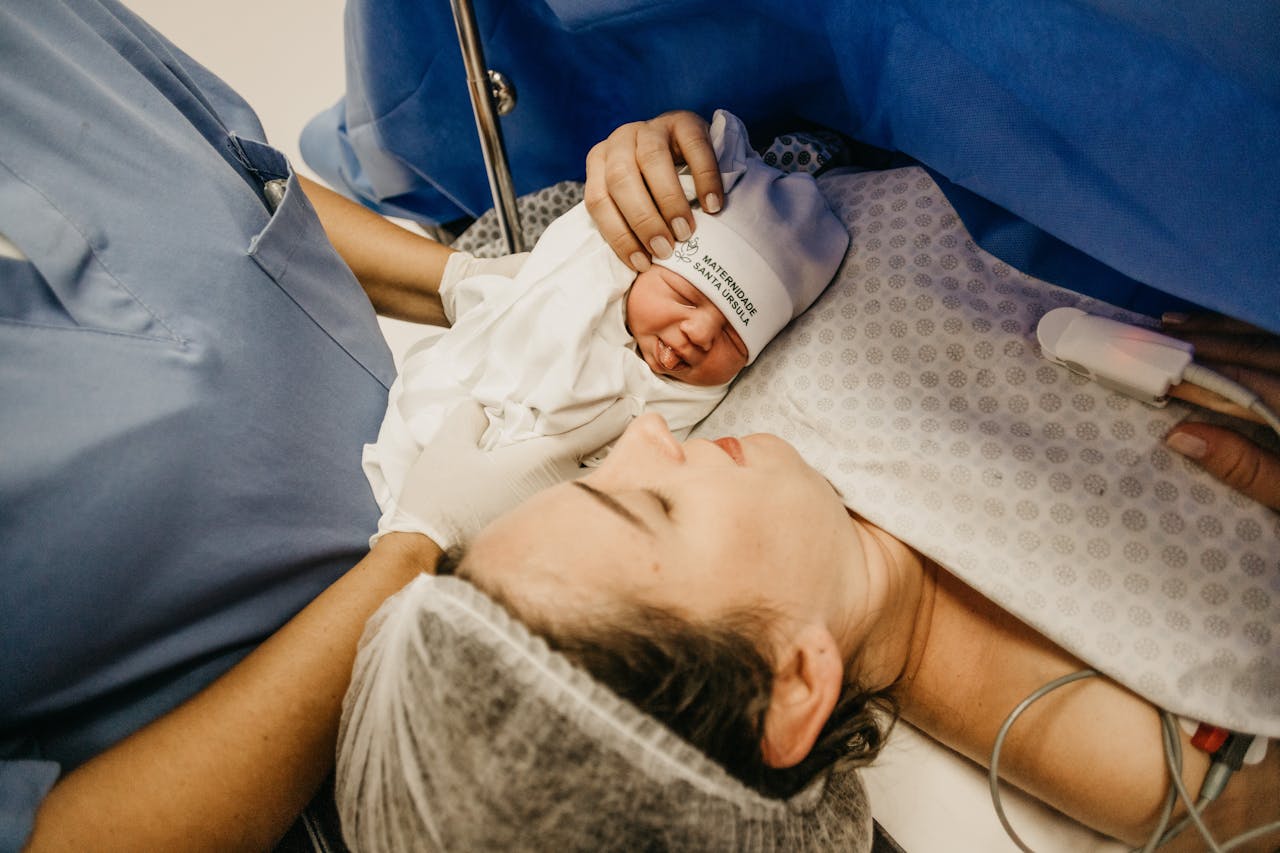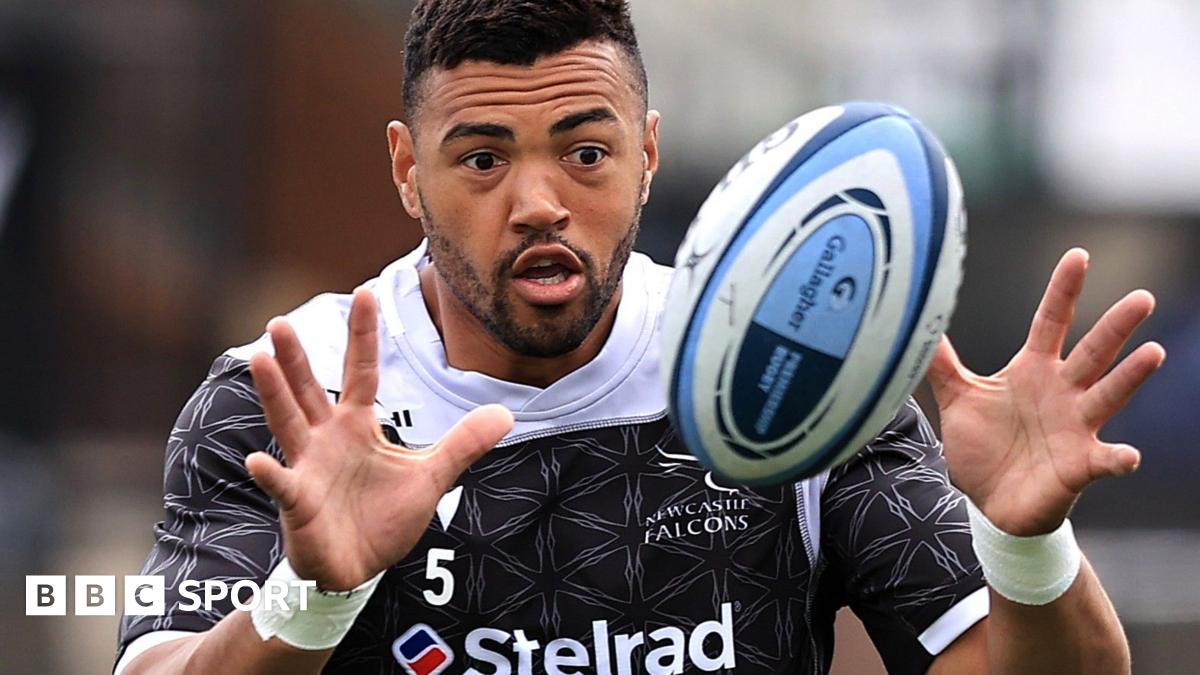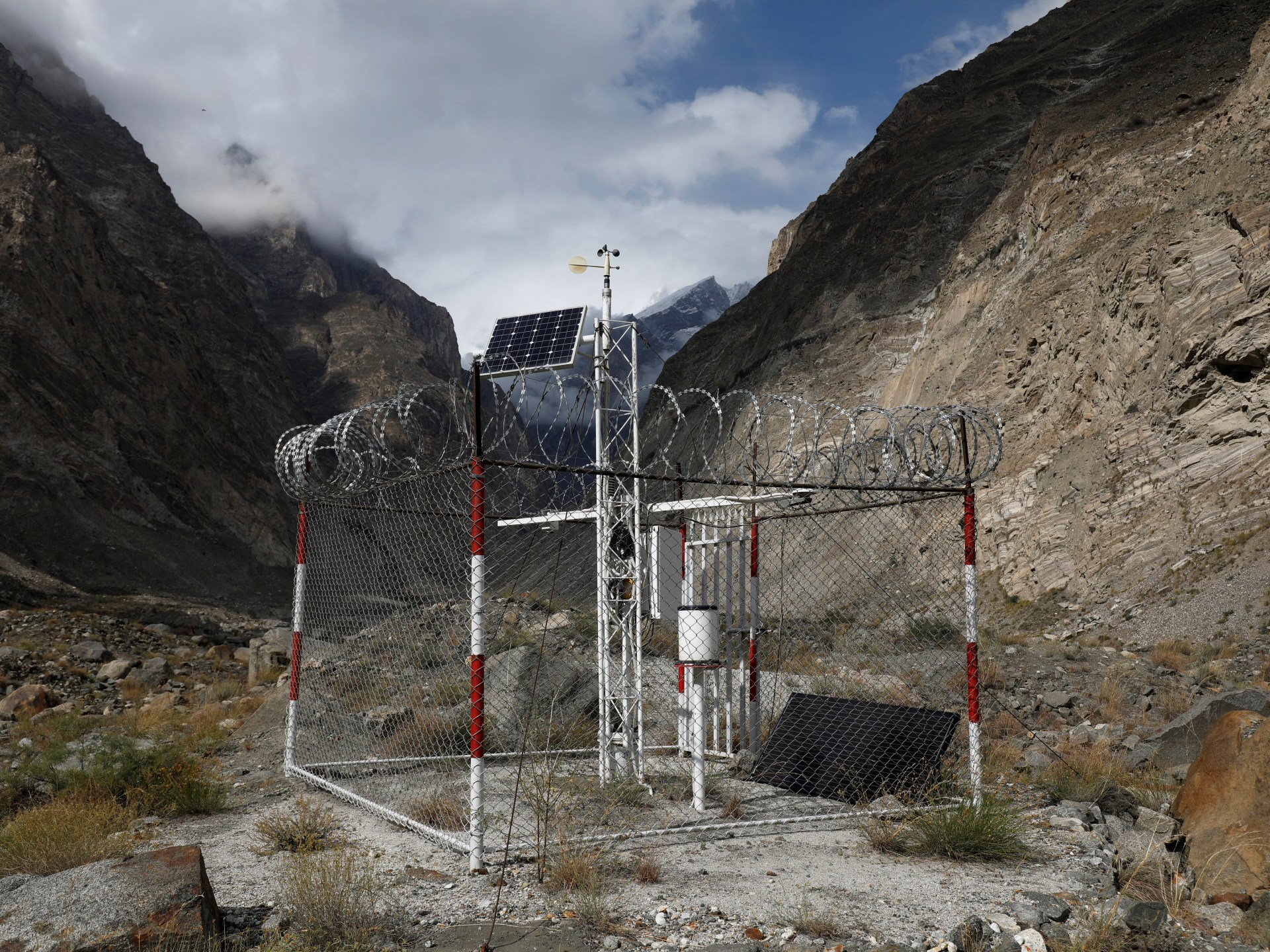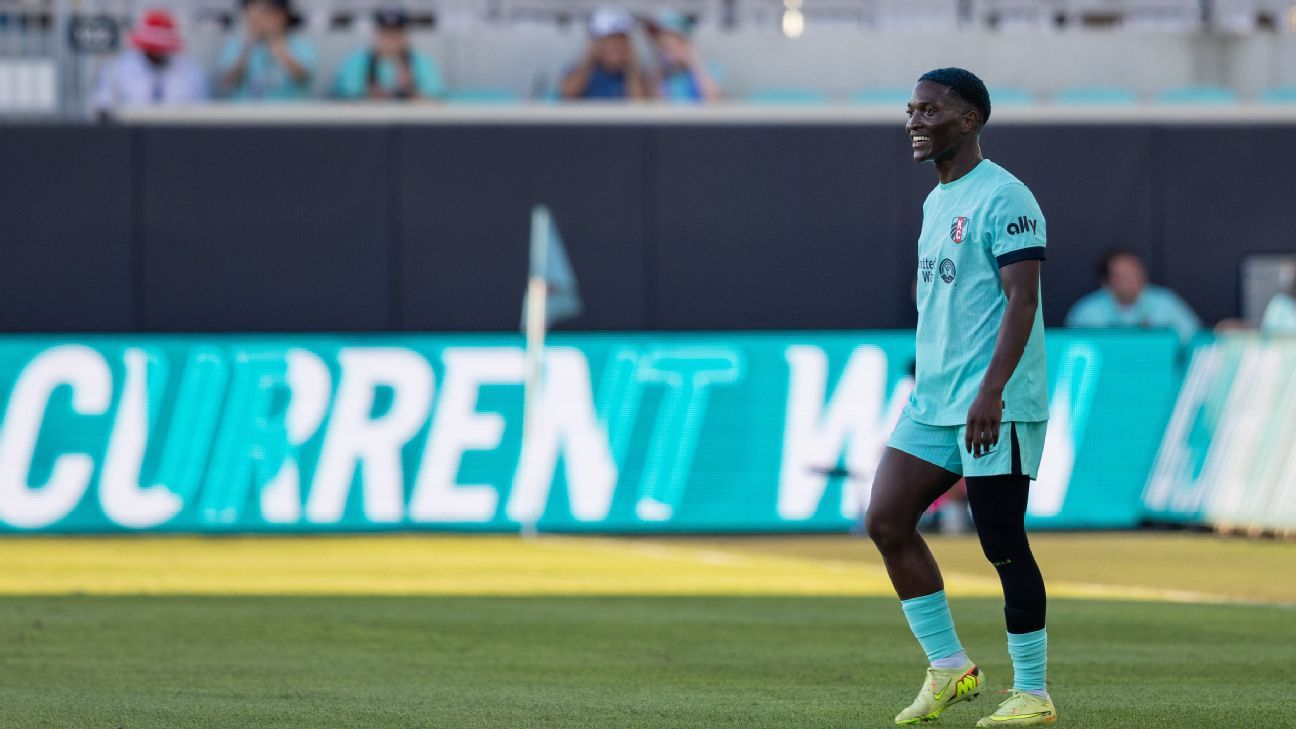Do all heart valve replacements need open-heart surgery? Let’s know the new techniques that could change everything.

One of the most widespread and critical heart diseases is heart valve disease, and when the valves cease functioning, the heart will not be able to pump blood anymore. During the past several decades, replacement of the valve used in an open-heart surgery has been the most prevalent form of treatment, and it is a very challenging procedure that has helped to save thousands of lives. Accompanying every major surgery, however, is the issue of risks, extensive recovery times and difficulties, which may even cause the most experienced doctors to stare.
This is the primary reason why so many patients and families tend to pose the question: Does every heart valve replacement necessarily involve the use of open-heart surgery? The news is good because, since the development of medical science, the solution today is much more encouraging than it was before. As minimally invasive surgery procedures come into the bio-scene, particularly with the use of catheter-delivered therapies like TAVR, the physicians can now operate on other patients who previously would have proven to be ineligible for conventional surgery. Meanwhile, open-heart surgery remains an important procedure for young patients and complicated cases.
Why Has Open-Heart Surgery Been The Norm
During the period, having a heart valve replaced required open-heart surgery. The chest was opened, the patient would be hooked up on a heart-lung machine, and the surgeons would take their time and replace or repair the damaged valve.
According to the explanation of Dr Sameer Bhate, “Traditionally, most heart replacements have been done through open heart surgery. These are demanding procedures, and as our recent case showed, even a planned operation can quickly become complicated”.
He remembers that of late, he had carried out a surgery that appeared to be a normal operation before it degenerated into an 11-hour marathon operation. Surgeons were forced to fix a torn artery, clear up excessive bleeding and leave the chest open 24 hours, waiting until it was safe to remove the chest plate. Such exceptional measures are not habitual, though at times, they are the only means of saving the life of a patient.
Minimally Invasive Heart Valve Surgery Options
Over the last several years, more modern technologies have transformed the attitude of doctors toward heart valve disease. The example of a Transcatheter Aortic Valve Replacement (TAVR) allows the introduced specialists to replace a valve without minor surgery, by inserting a catheter in the leg.This procedure is mostly applicable to senior patients or those with complex health issues who might not withstand conventional surgery.
Dr Bhate quoted: “While newer minimally invasive and catheter-based procedures, like TAVR, now allow us to replace valves without opening the chest, a lot depends on the comorbidities and medical history of individual patients.”
What Patients Can Expect In Future
In the future, specialists forecast that only treatment will not be developed to fit all. Rather, it will be a combination of the two approaches:
- See Open-heart surgery, omitting adult patients and surgical cases.
- Unless otherwise stated, the least invasive or catheter techniques are used with elderly patients who are weak or who are high-risk.
Therefore, is open-heart surgery the only solution in all cases of valve replacement of the heart? Not anymore. Due to improvements such as TAVR, the patient has as many options as ever. The future is personalised care, in which the operation depends upon the age of the patient, his or her health condition and surgical risks.
Subscribe to Our Newsletter Today!








Leave a Reply